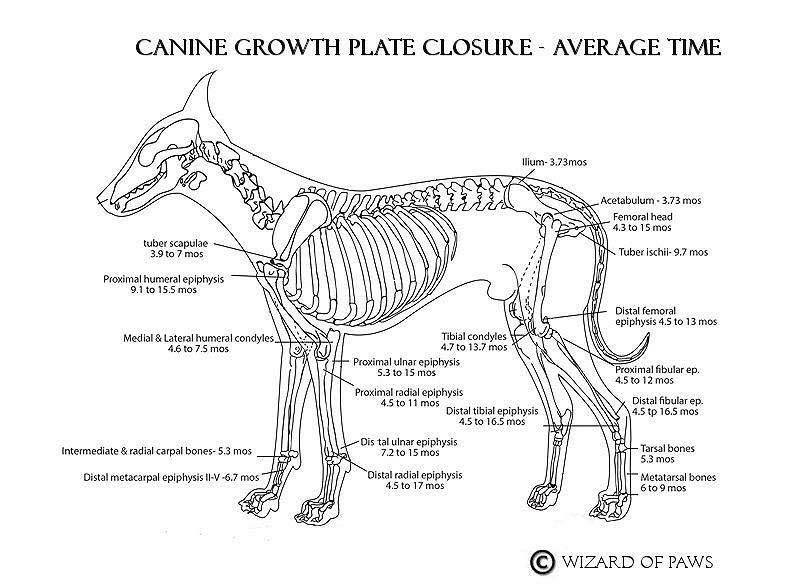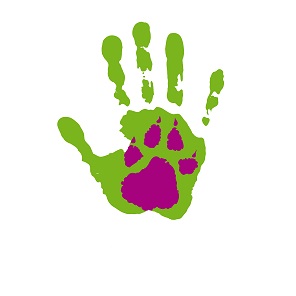Training a Performance Puppy

There are many ‘world class’ agility training centers in London Ontario. We have seen many local dogs go to the Nationals. There are local judges and coaches. Not to forget mentioning MAC , Details, and Oxford.
This has given us an excellent opportunity to train our dogs well. We also have skilled physiotherapists, massage therapists, and chiropractors in the area to help us keep our dogs in peak condition.
But there is more to raising a performance puppy than taking agility classes or getting it out to obedience.
Stress and the Performance Dog
Tell someone their dog is stressed and they immediately become defensive. Stress is a bad word in the performance dog world, but it shouldn’t be. There is bad stress (distress) and good stress (eustress).
Stress gives us an excellent performance – or it ruins our performance.
Calming Protocols
First, learn to deal with your own stress. Your dog cannot perform if you are stressed. It is just a game. It is just for fun, so let it go. Your baggage will damage your dog’s performance, so learn to let it go when you walk through the gate. This is easy. The same calming and relaxing techniques that work on us will work on our dog.
If you are raising a performance puppy then you need to start now to establish calming protocols. These are routines you go through to keep your dog’s mind off the competition, chaos, and other dogs. It also gives you something to do other than to watch the ‘perfect’ performances of the other dogs.
What is a calming protocol? It is a predictable, repetitive, routine that you and your dog enjoys. It needs to be simple, and ‘contained.’ If it cannot be done in a 3′ square then it cannot be done at ring side.
Massage and Stretching
You cannot wait until your dog is older to stretch and do massage. Start when your dog is young. This will prevent injuries and will help you learn to identify potential problems in your dog’s body. This is as much a learning exercise for you as for your dog.
When this becomes a regular routine for your dog – predictable – then you can use it at an agility trial, or competition event, and it will help your dog. If it is not second nature to your dog then your dog will tense up and it won’t be effective if you need it.
This one thing can be the difference between 2 – 3 runs a day, and competing over 2 days, or just doing 1 good run and having your dog flop in the next run.
Practice doesn’t make Perfect
Don’t over work your dog. Instead, teach your dog to think. Instead of pattern training your dog teach it to solve problems. Teach it to focus on you and to follow different voice and hand signals.
This will help when your dog makes a mistake. You may save your run if you stop your dog, and redirect it.
Focus on You
Events are overwhelming, especially for dogs that are easily over-aroused. Many of us (myself included) ignore this until our dog becomes reactive. Don’t wait until you have a problem to fix. Instead, prevent the problem.
How to Make a Star
Don’t focus on a single sport. Mix it up. Give your dog a lot of different things to do. This will help build his muscles. However, make sure your coach supports your training. If you need a dog to sprint then you don’t want to do endurance runs. If your dog needs endurance then don’t spend a lot of time on sports that require sprinting.
Build Your Dog’s Vocabulary
My Harley has 15 heel commands. She has 2 Stay commands, and a host of others. A performance dog needs a ‘working’ relationship with you built on trust and communication. Don’t use Come for several different tasks. Don’t fall into the habit of ‘not’ verbally guiding your dog.
And, get excited. Make it fun. Your dog will work harder if he is having fun. Your tone of voice will motivate your dog, so don’t be shy. Take it up a notch.
Be Patient
Don’t ever force your dog onto some equipment. Instead, let them become acclimated to it. Find a puppy play area where there is agility equipment and let the puppy play on it, and around it. Take your time. Your puppy has 15 months before it can jump without causing damage. There is no reason it needs to learn the teeter in 2 weeks, 2 months, or even 2 years.
End Game
Think of your end game – not of the ‘now’. Your end game is high in trial, or joining the national team, so don’t worry about your puppy’s behavior now. Build the ‘behaviors’ that are needed by a champion, and forget the ‘tasks’ that all your friend’s dogs are doing.
Don’t measure your dog’s success by what you see other people’s dogs doing. Remember, most of those dogs will burn out, or fail at trial. Don’t follow the pack and raise a mediocre dog. Instead, raise a high in trial dog.
